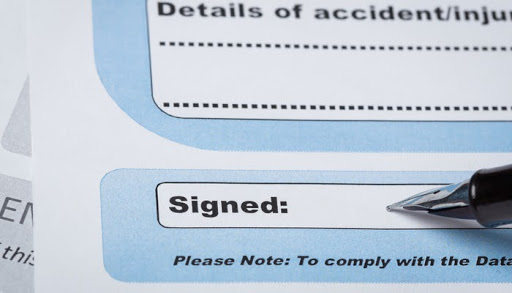Reporting workplace incidents or structural hazards is required by law under the Occupational Health and Safety Act (OHSA). If someone is injured or killed in the workplace, even if they weren't an employee but a visitor or customer, the employer must report it. Additionally, the employer is obligated to report any unexpected events or incidents that didn't result in any injury.
The exact requirements of an incident report vary depending on the jurisdiction you're in. But here is some essential information that every incident report should contain.
Worker Information
Collect personal information on everyone who was involved in the incident, even if just as a bystander. Document their names, home addresses, contact information, age, gender identity, the department they're working in, job title, level of experience, training records, how long they have been working at the company, and whether they are a full-time, part-time, or seasonal employee.
Pay attention to the supervisors of the workers involved in the incident. Where were they? Was their supervision required? Could they have prevented the incident, and in what way?
Injury/Illness Characteristics
Describe the injury or illness suffered in the workplace—what caused it, how severe it was, and how it was treated, if it was treated at all.
Describe the Working Environment
As best as you can, describe the working environment and atmosphere when the injury took place. Who was performing what tasks? Was everyone at their usual stations, or was someone assigned a job they have never done before? You may even go into the detail of explaining the level of noise, visibility, or the weather when the incident took place.
Describe the sequence of events that led up to the incident. Answer the questions of when the incident occurred, how it came to be and whether preventative measures were in place and properly used.
Equipment Characteristics
If any equipment was involved in the incident or associated with it, you need to write down all of its features. Describe what type of equipment it is, what brand, how big it is, its working condition, and if it has any distinguishing features or parts.
Take Photo and Video Evidence
Memory is a tricky thing. Even if you write the report soon after the incident, the chances are that you might forget or misremember something. Taking pictures and recording video evidence from several different angles, if possible, supplements the report and provides essential information on what exactly happened—if anyone was at fault and how the incident could have been avoided.
Takeaway
After a workplace health and safety (H&S) incident, employers are obligated to file an incident report, which needs to include all the relevant information:
- Information on all personnel members involved
- Details about the incident
- The working conditions at the time of the incident
- Information about the equipment or assets involved
- Any photographic or video evidence collected.
Reports such as these are crucial in conducting the necessary investigations and improving workplace H&S in any working environment.
To learn how The Checker's checklist books and software tools can help you write better workplace incident reports, please contact us.
Image: Shutterstock




